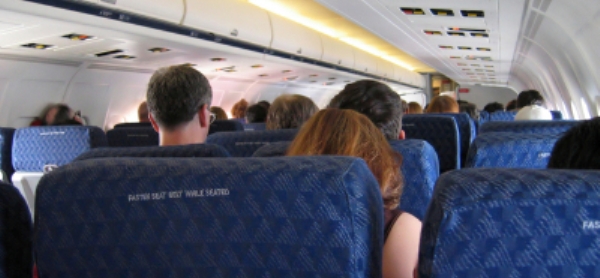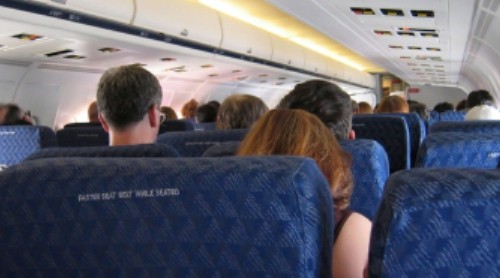
The internet is becoming increasingly important for travel marketers, with potential tourists taking a great deal of time to research locations and activities across channels. Experian ‘s Mosaic Digital Insights draws on its Mosaic segmentation to create 15 distinct types of online consumer behaviour and it has termed this group “Armchair Travel Bookers”. Experian’s insight shows that Armchair Travel Bookers tend to be day time internet users and are most likely to browse between 9am and 6pm. They are a valuable market, made up of some of the UK’s most affluent consumers, and are most likely to the websites of companies such as Easyjet and Thomson, as well as review sites, such as Tripadvisor.
To boost the chances of capturing this group’s attention, travel companies need to ensure they take the following steps.
1. Map the journey
The journey includes awareness, consideration, short listing, purchase, and hopefully additional purchases of other services or destinations. It is important to map this journey for three reasons:
- Enable each stage to be measured so that performance indicators can be set to measure potential demand
- Help planners to understand the role each channel can play in influencing consumers
- Help develop an increased understanding of customer behaviour so that product and propositions can react to a changing market
2. Be consistent across channels
As consumers use and engage with digital channels more during their decision making process, the challenge is to keep content, messages and experiences consistent. Travel organisations also need to understand customer behaviour on different channels at each stage of the customer journey to ensure that the right information can be supplied at the right time.
3. Understand, plan and influence effective demand
Whilst digital is a world full of insight and data, the challenge is how to relate that back to effective demand. It is vital to understand:
- Who buys from you and which destinations they travel to
- What other travel organisations your customers consider
- What other destinations they are considering
Using appropriate tools you should also look to demographically understand the profile of potential customers across digital channels.
Armed with this information you can start to develop well targeted ongoing communications that will influence behaviour in each channel to provide a continual relevance to customers and develop loyalty.
| Who is most likely to go Long Haul (outside of Europe or US)? Yesterday’s Captains – 63 per cent more likely to go long haul compared to rest of the UK population Comfortably off older professionals and managers, approaching or already retired living in attractive, spacious houses in well established suburbs of large provincial cities. Domestic Comfort – 62 per cent more likely than UK population to holiday long haul 40s and married with older primary school-aged children or young secondary school age. Middle management roles on outskirts of provincial cities Business Class – 56 per cent more likely to holiday long haul compared to UK population Extremely comfortably off people in their 50s and 60s, living in substantial family homes in well established residential suburbs. Have grown a successful family run business or have a successful career in a large public company. Insight from Experian’s ConsumerView |
4. Use digital channels to drive improved customer insight
Digital provides the opportunity to capture data and insight on customers in a cost-effective way for:
- Understanding where in the decision making process a customer is
- Measuring the experience a customer has after their travel experience
- Providing insights into product propositions and development
5. Recommendations influence behaviour
A holiday is a significant purchase and the decisions people make can often be influenced by others. By using digital channels a consumer can access communities that provide neutral online reviews, e.g. Trip Advisor; therefore it is not only essential for marketers to actively manage their presence in these communities but more importantly to also follow the discussions.
6. Exploit the power of video content
Online videos play an increasingly important role, whether this is to gather information on a potential destination or compare offerings. In 2011 46% of personal travellers and 68% of business travellers watched online videos during the research phase of their purchase. Working with Experian CheetahMail, P&O Cruises drove a 679% boost in revenue with video in email demonstrating the need to develop engaging ways to get video in front of consumers.
7. Ensure search is key to your plans
Search is a vital element in any marketing plan and will be used by new customers sourcing information to compare offers. It is also a threat where existing customers could defect to other brands.
Search is the number one source of traffic for travel websites online: 37% of all visits to travel websites come from search engines. Search can also be used to reveal popular destinations or unearth emerging destinations and attractions and show the naming conventions people use to find things; for example ‘travel insurance’ is more than five times as popular as ‘holiday insurance’.
8. Don’t forget to embrace mobile
Trends show that consumers are increasingly using mobile devices to access digital channels; this trend will continue to grow. Marketers must meet this challenge and develop content that is engaging across mobile devices.






